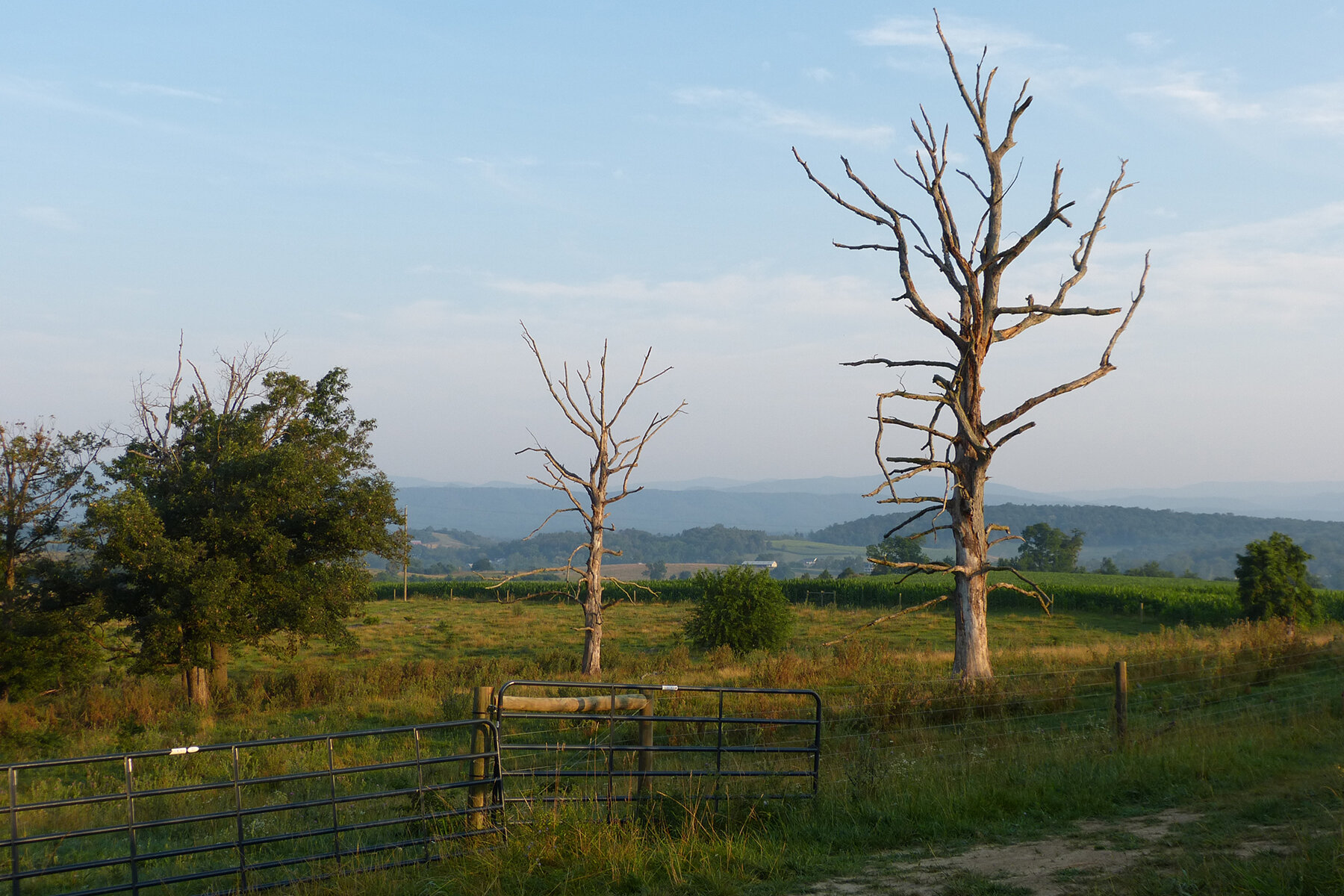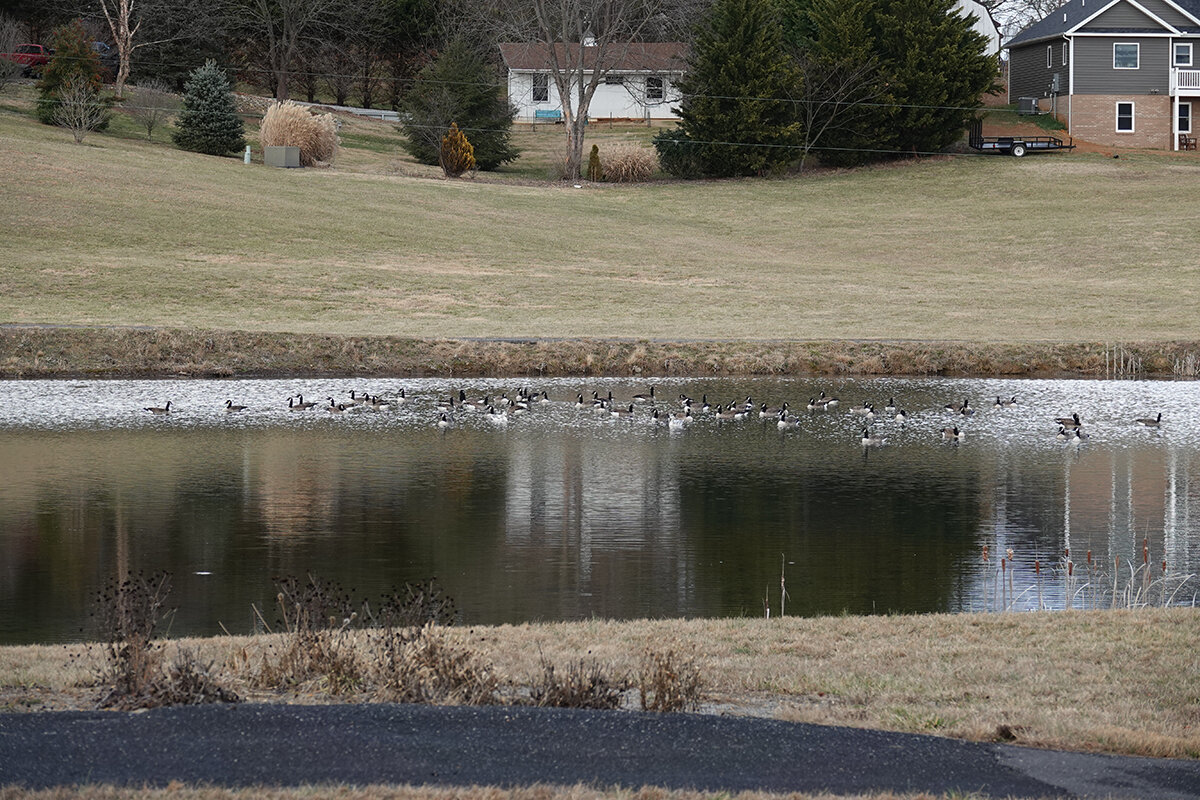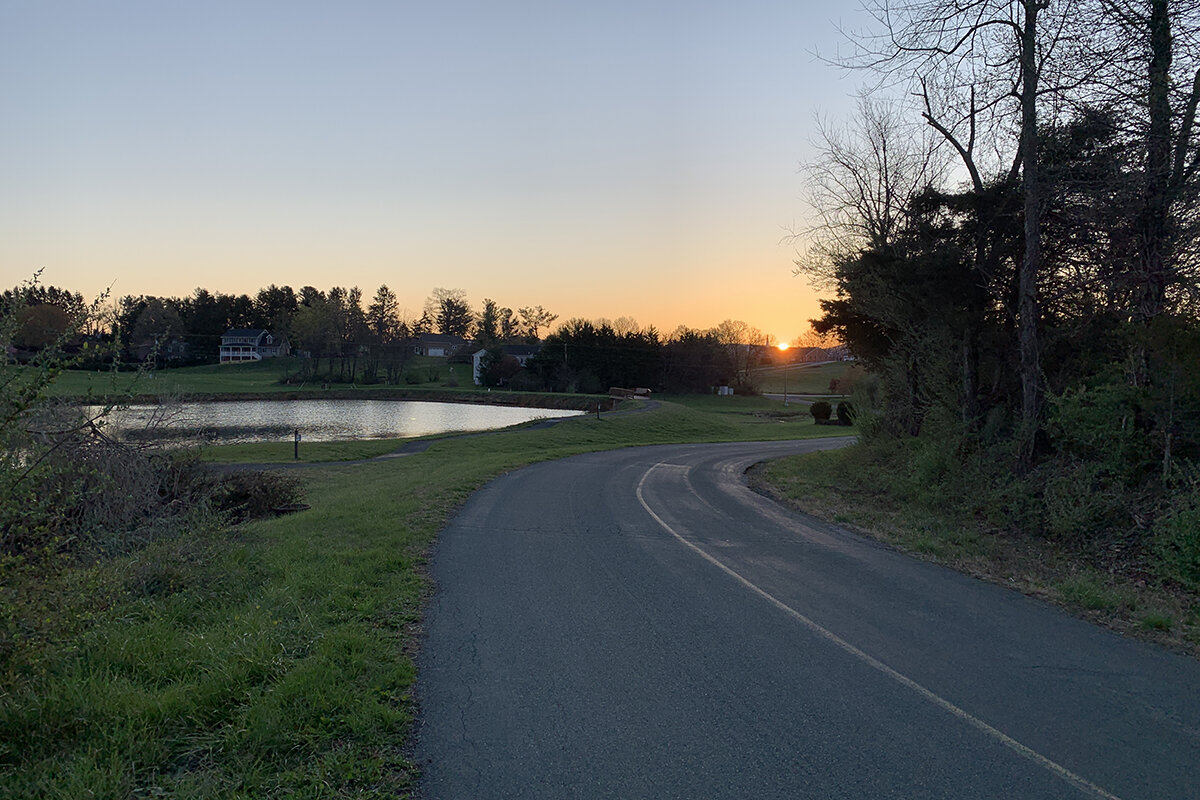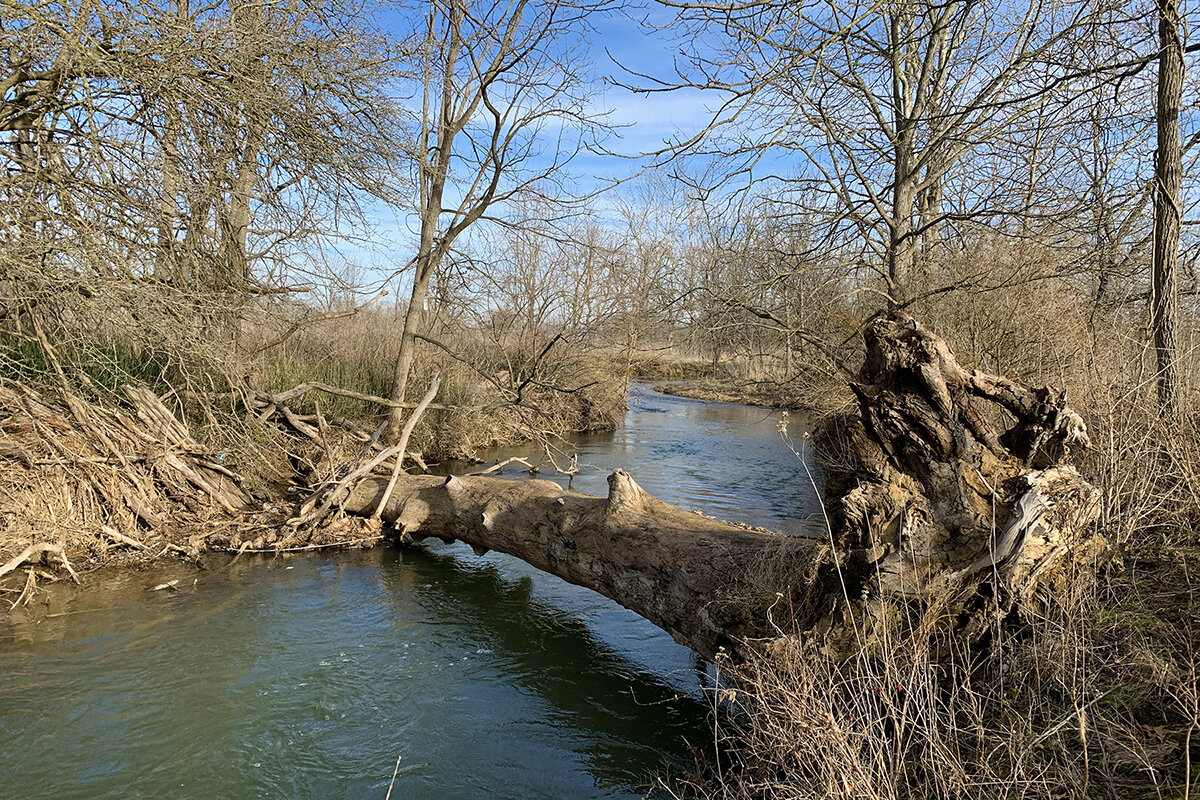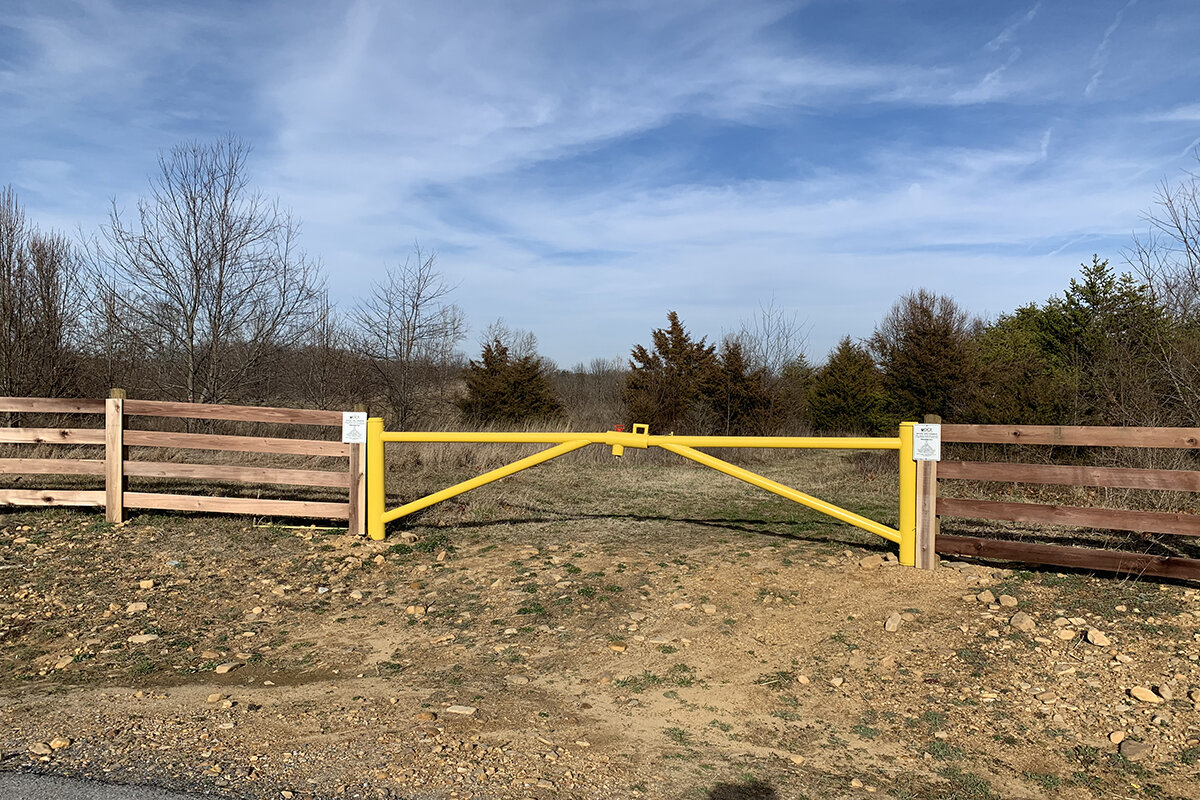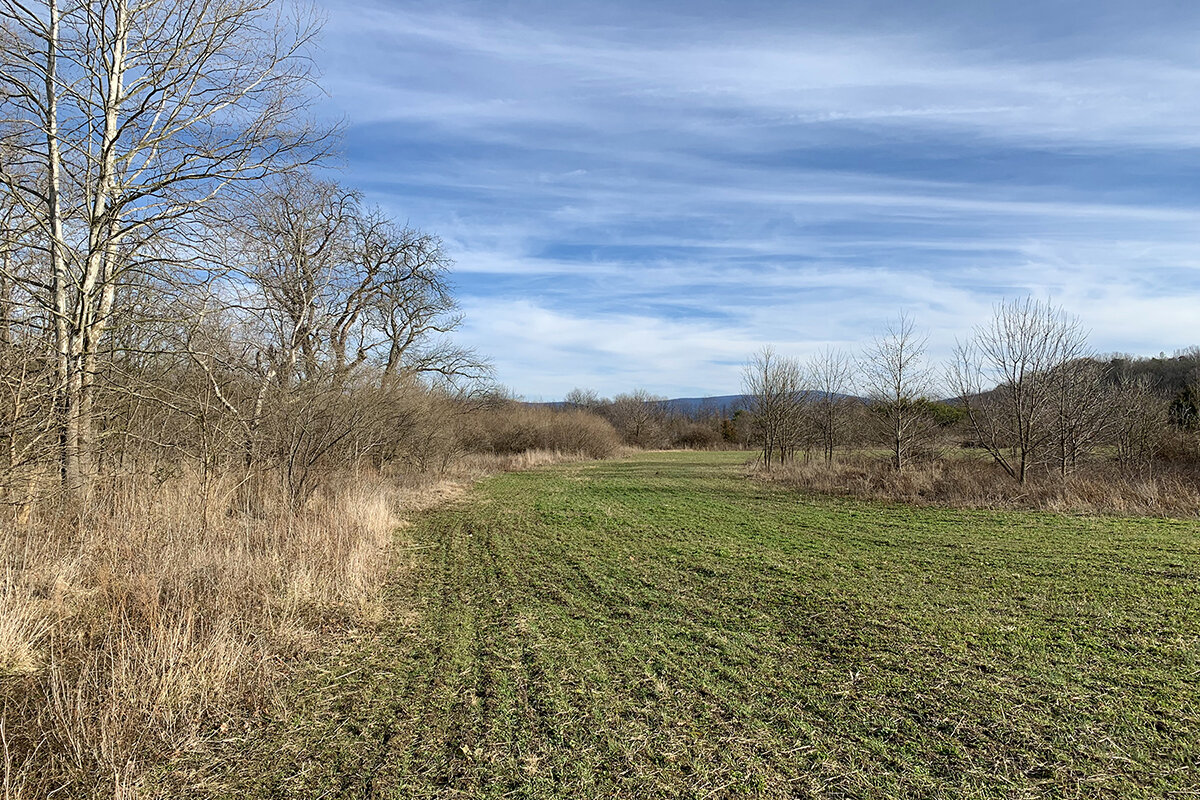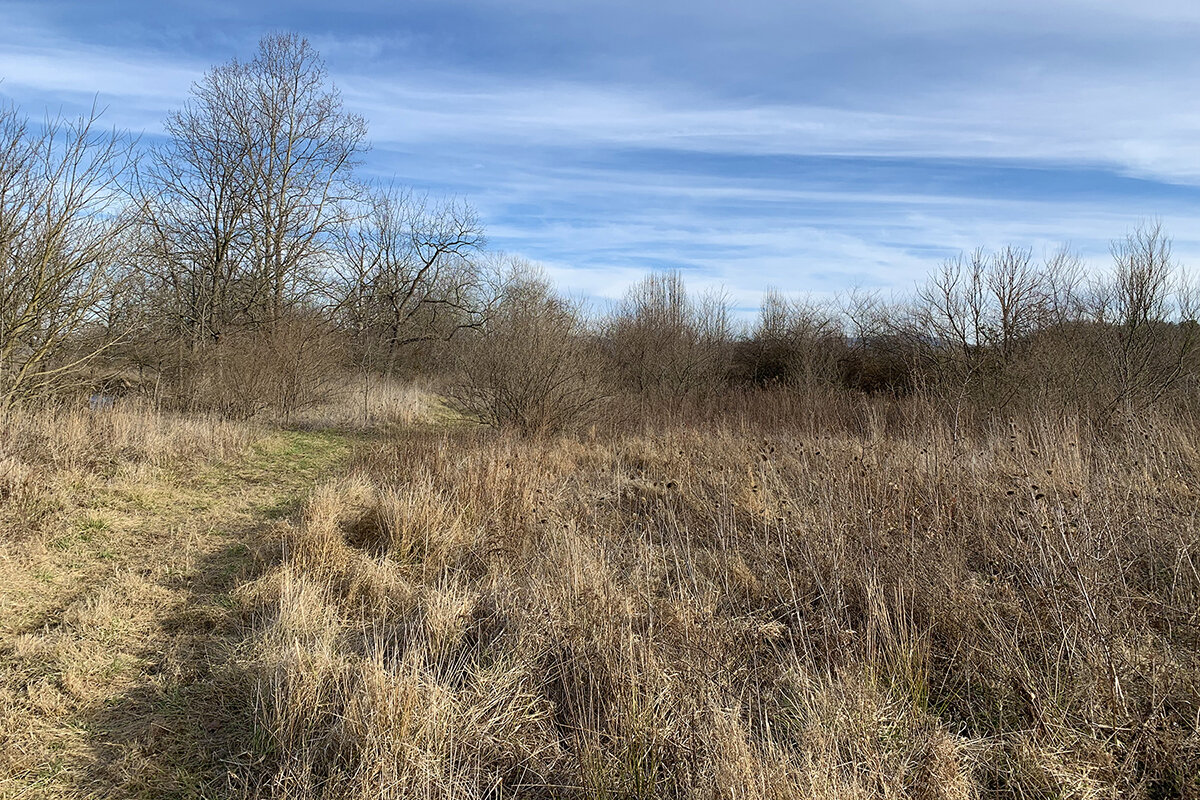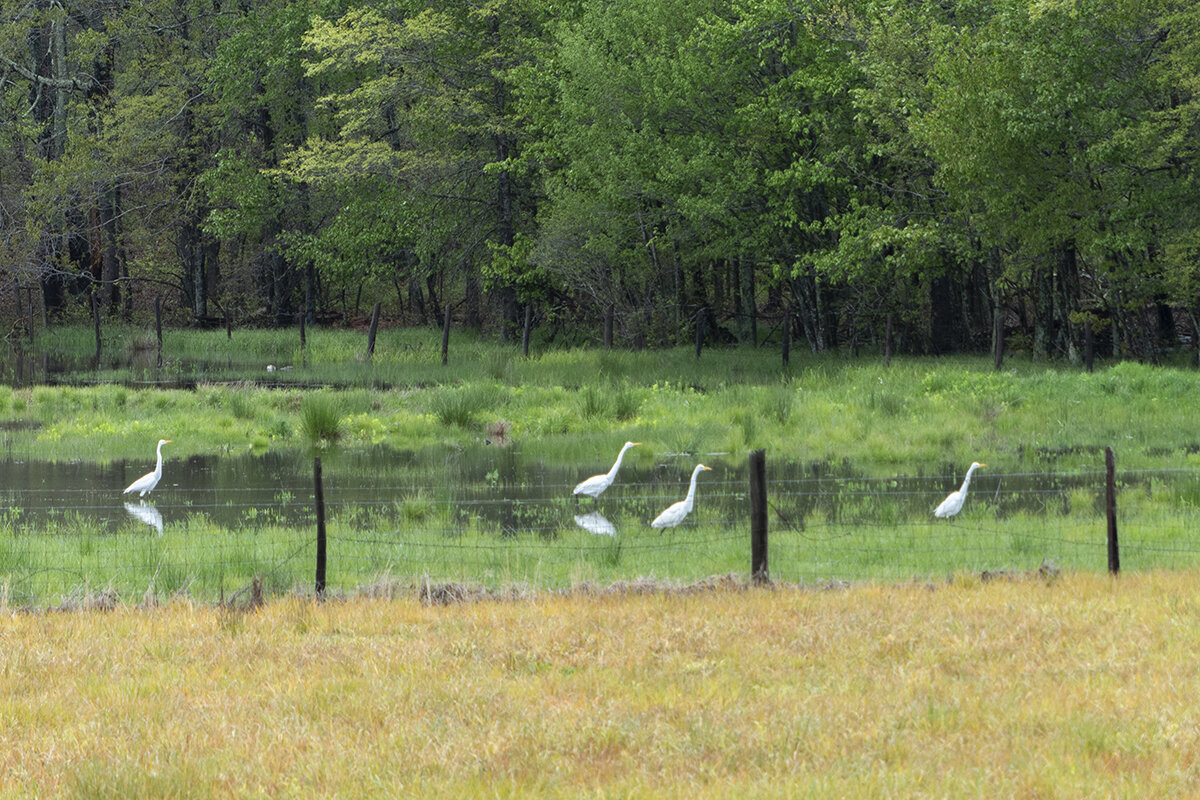The Confederate Breastworks, a popular scenic viewing area for fall foliage, sits atop Shenandoah Mountain (elev. 2,875 ft) and is less than 2 miles west of Ramsey's Draft. The site was used during the Civil War by soldiers under the command of General Thomas "Stonewall" Jackson, guarding the strategically important Shenandoah Valley. This site offers a 0.5-mile walking trail and is also a wonderful site for hawk-watching in the fall. This is also a popular access point to the gently rolling Shenandoah Mountain Trail, which runs north and south along the crest of the mountain. Hiking trails also lead down to the Ramsey's Draft watershed.
Along these trails are numerous opportunities for wildlife-watching. In early morning or after sunset in the spring Eastern Whip-poor-will can be heard, and Barred and Screech Owls may also be found. Typical bird species observed here include Pileated Woodpecker, Eastern Wood-pewee, Great-crested Flycatcher, Blue-headed Vireo, Red-eyed Vireo, Black-capped Chickadee, Ovenbird, Black-and white Warbler, and Pine Warbler. Red-crossbills can sometimes be found here.
Accessibility: The Confederate Breastworks is found alongside Rt 250 at the peak of Shenandoah Mountain at the border with Highland County. Parking is available as well as a single restroom. Hiking trails lead from parking area.
eBird Hotspot: Confederate Breastworks Interpretive Site
—Vic Laubach

